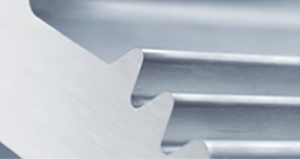- Aiguisatek Customer Spotlight
- Abrasive West Customer Spotlight
- C&S MACHINE Customer Spotlight
- Sharon-Cutwell Customer Spotlight
- Princeton Precision Group Customer Spotlight
- Thomson Lamination Customer Spotlight
- Caron Precision Customer Spotlight
- APN Customer Spotlight
- Primary Tool & Cutter Grinding, Inc. Customer Spotlight
- Milan Tool Customer Spotlight
- Continental Diamond Tool Corporation Customer Spotlight
- Complete Grinding Solutions Customer Spotlight
- Globe Grinding Case Study
- Tracey Gear & Precision Shaft Customer Spotlight
- KNB Tools of America Inc.
- BLOHM Case Study - Rolls-Royce Oberursel
- Hammill Case Study
- Advanced Carbide Grinding Inc. Case Study
- Advanced Grinding Technology Gives Shop A Micron-Size Niche
- West Ohio Tool Million Hole Drill Case Study
- Triple-T Cutting Tools Case Study
- Helical Solutions Case Study
- Milwaukee Broach Case Study
- ARCH Dayton Case Study
- Razor Sharp Case Study
- Bridge Tool and Die Case Study
- Almar Tools Case Study
- J&E Precision Tool Case Study
- Copen Machine Case Study
- Ceratizit Tools Case Study
- Shape Master Tools Case Study
- J.H Benedict Co. Case Study
- Eva Lution Case Study
- Form Roll Die Case Study
- Saint Gobain Case Study
- West Ohio Specialty Tooling Case Study
- Precision Tool Muskegon Case Study
- Precicut Case Study
- Long's Machine Case Study
- Form Grind Case Study
- AcuTwist Case Study
- Damen Carbide Case Study



